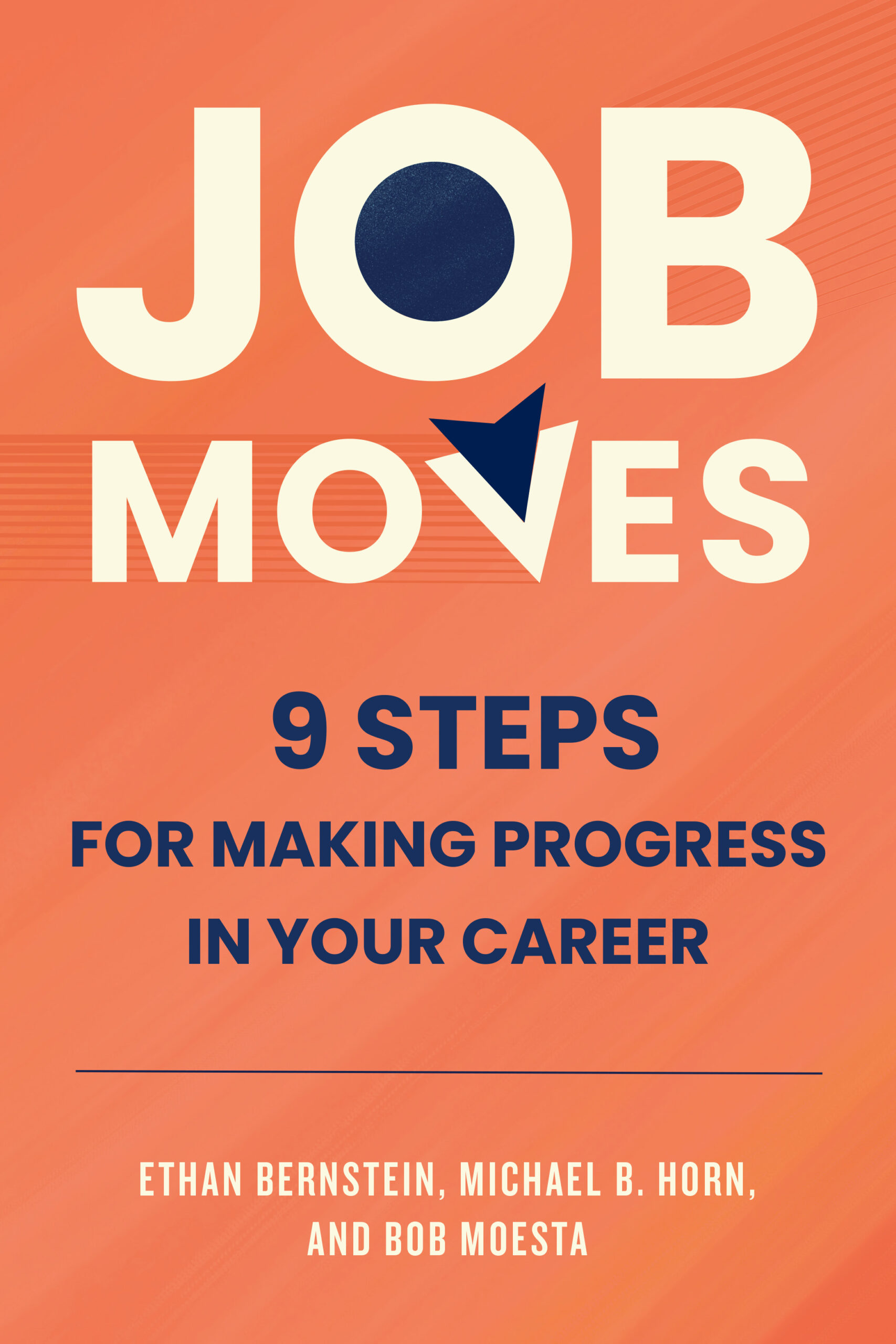How the Jobs-to-Be-Done Framework Can (and Should) Drive Institutional Strategy
Colleges and universities today operate in a complex, ever-changing environment, and chief among those changes is the role, place and behavior of learners. Today’s student doesn’t fit a homogenous mold—they are non-traditional, focused on personal outcome expectations and needs. This means postsecondary institutions need to evolve from trying to serve a non-existent homogenous student, and instead understand what Jobs to Be Done their students are pursuing and how to serve those expectations.
In this interview, Michael Horn discusses his new book, Choosing College: How to Make Better Learning Decisions Throughout Your Life, and shares his thoughts on how the Jobs-to-Be-Done framework can help postsecondary leaders consciously design an institution focused around learner success.
The EvoLLLution (Evo): Why did you decide to write Choosing College?
Michael Horn (MH): For a long time at the Christensen Institute we have hypothesized that institutions were serving students with many different reasons, or what we call Jobs to Be Done, for attending them. Our hypothesis was, as a result, that institutions were sort of one-size-fits-all learning organizations without being clearly optimized for one type of student—and therefore were optimized for none. That was contributing to cost increases, poor outcomes and the like.
So, we got a grant from the Gates Foundation to conduct research with hundreds of students and indeed, we certainly found that was the case. Institutions serve students who have a range of reasons for enrolling, which I think helps explain the subpar outcomes generated by certain institutions. But the stories and reasons themselves were so compelling that we felt like we had to write a book to help parents and students make better decisions.

0 comments